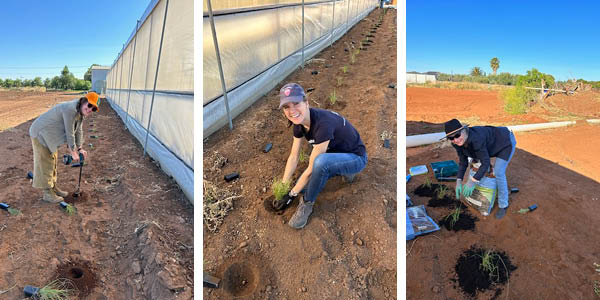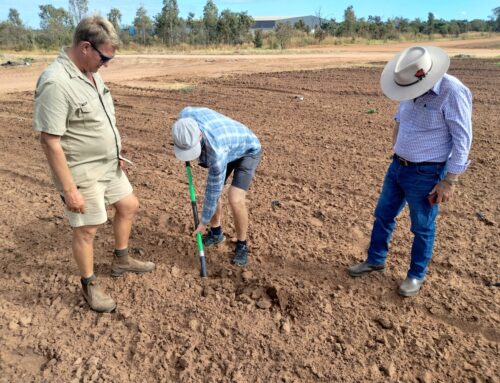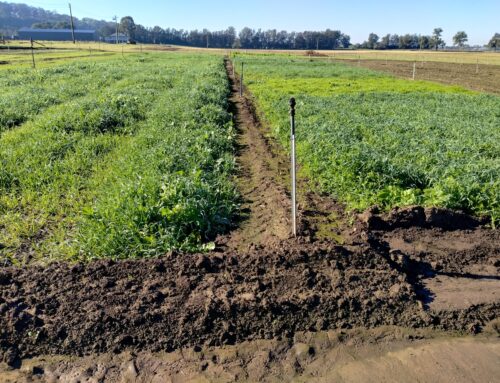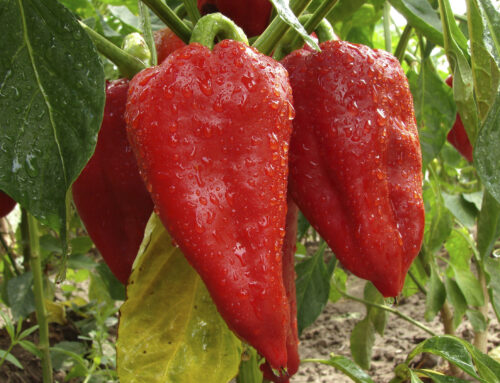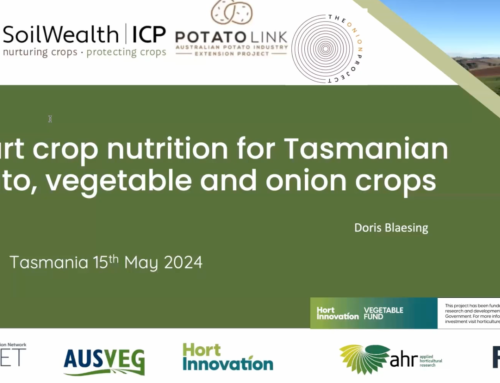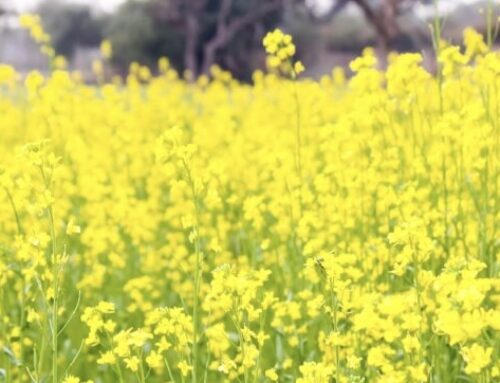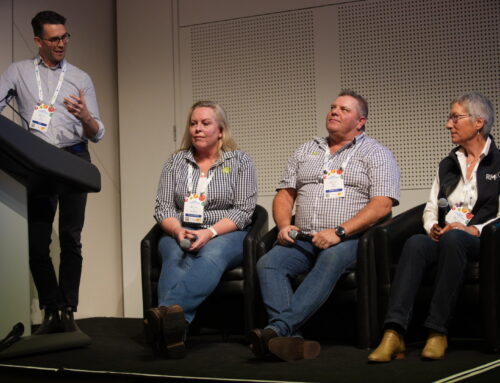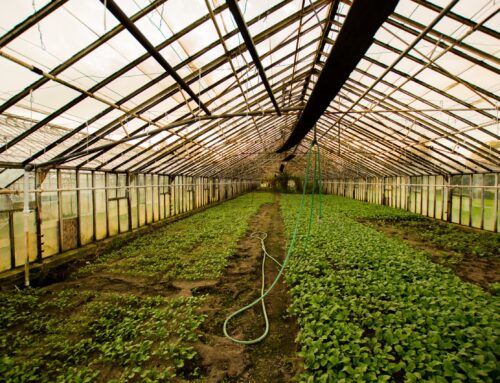The new Soil Wealth ICP demonstration site at Virginia in the Northern Adelaide Plains is off and running with native insectary sites planted on 19 October.
The trial aims to attract predators of greenhouse vegetable crop pests including whitefly, aphids and heliothis, thus reducing chemical inputs and improving integrated pest management (IPM) outcomes.
The planting team included Soil Wealth ICP team member Camilla Humphries, IPM consultant Jess Bamford and VegNET South Australia Regional Development Officer Peta Coughlin.
Which species were planted?
Plant species were selected based on their flowering period and their suitability for housing key beneficials including monties, lacewings, orius, ladybirds, praying mantis and parasitic wasps, which are to be released at the end of spring to target whitefly and aphids which are a problem pest in greenhouse capsicum crops in the region.
The plants used include a mixture of flowering plants and grasses such as:
- Alyssium
- Twiggy
- New Holland daisy
- Kangaroo grass
- Wallaby grass
- Ruby and berry saltbush
- Native lilac
- Common everlasting
- Umbrella bush
- Creeping boobialla.
Once the beneficial predatory insects are released, inspections will be conducted by Jess on a fortnightly basis to assess pest populations and help determine if grass species are sufficient as a host for beneficials.
Pictured above: Jess Bamford, Camilla Humphries and Peta Coughlin plant the native insectaries at Virginia, South Australia. Images: Camilla Humphries.

